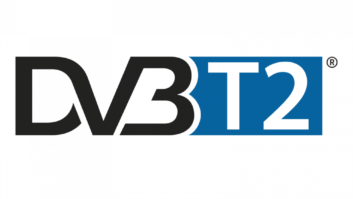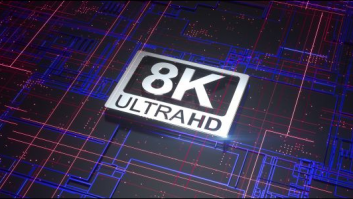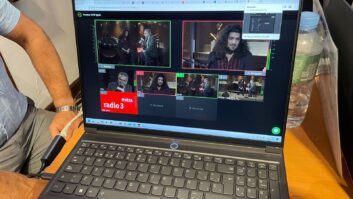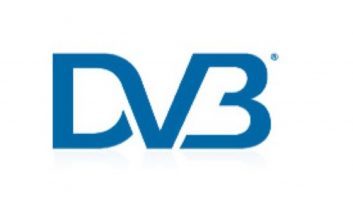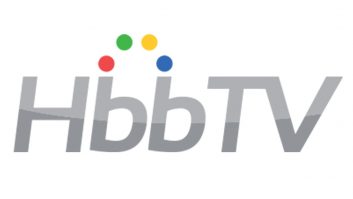
The SVC4QoE consortium has successfully concluded a project that demonstrated the tremendous asset provided by the combination of Scalable Video Coding (SVC) and Quality of Experience (QoE) technologies to ease the consumption of multi media content on the move while reducing broadcasters’ capital and operational costs. In the project’s final phase, SVC4QoE conducted field trials in the Rennes area over an experimental DVB-T2 network, validating the theoretical concepts and gathering operational data. The SVC4QoE project was initiated in October 2009, with the definition of a full multi media transmission chain combining SVC, DVB-T2 (broadcast transmission) and QoE technologies. The project partners provided all the technological components, and the integration phase culminated with the field trials performed during the last quarter of 2011. The project demonstrated the benefits of the combination of these technologies for a terminal receiving in motion a broadcasted signal: when the receiving conditions deteriorate, the QoE monitoring probe prevents the ‘black screen’ failure by supplying to the SVC decoder the securely-received base layer with or without the SVC enhancement layer. The SV4QoE consortium benefited from the skills of a multidisciplinary team composed of AccepTV, Degetel, IETR/INSA, INRIA, IRCCYN/Université de Nantes, TeamCast (project leader), Telecom Bretagne, TDF, and Thomson Video Networks. The project’s transmission chain assembled an off-line SVC encoder from IETR/INSA, a MANE splitter from Telecom Bretagne and a DVB-T2 multi PLP Gateway from Thomson Video Networks feeding two TeamCast DVB-T2 modulators. The DVB-T2 signal emitted from two TDF transmitter sites allowed the testing of MFN (Multi Frequency Network), SISO-SFN (Single Frequency Network) and even MISO-SFN broadcast operation. The broadcast signals were received in a mobile van where the DVB-T2 demodulator supplied a MANE splitter from Telecom Bretagne, connected to an SVC decoder from INSA/IETR. The QoE metric from AccepTV controlled the SVC decoder to ensure the display of the correctly decoded SVC layers. Coverage assessment was undertaken by TDF and closely matched the calculated coverage predictions. Degetel supplied complementary developments for the terminal, INRIA conducted propagation simulations, and IRCCyN provided QoE expertise for defining scenarios and performed subjective tests with the demonstrator. “SVC4QoE has been an exciting and challenging experience, associating expertise from nine organisations, in many video and broadcast domains,” said Alain Untersee, project coordinator. “The experiments conducted both in laboratory and in the field confirmed the validity of the concepts, and highlighted that a lot of work remains necessary to turn them into a real consumer experience.” www.svc4qoe.com
